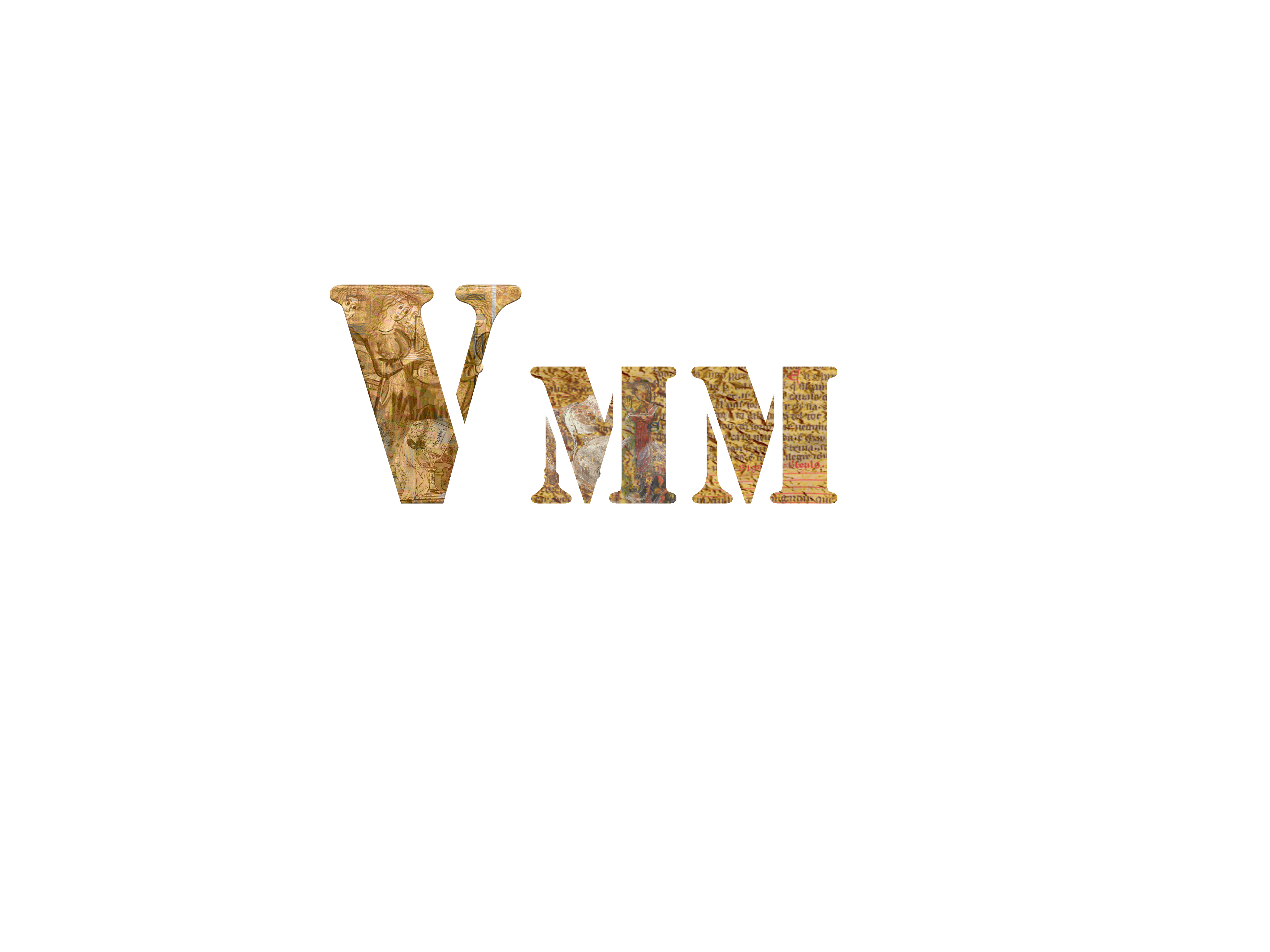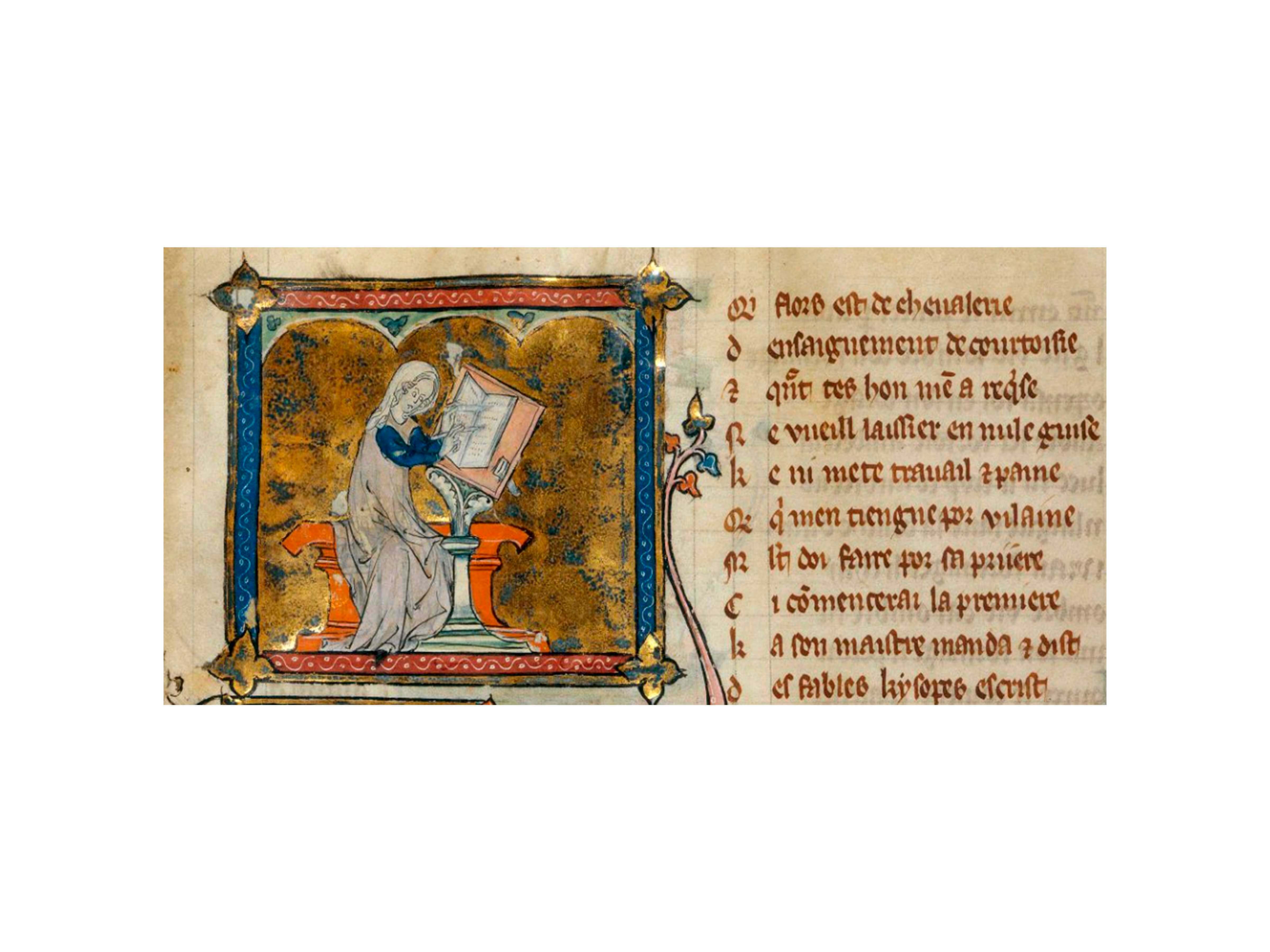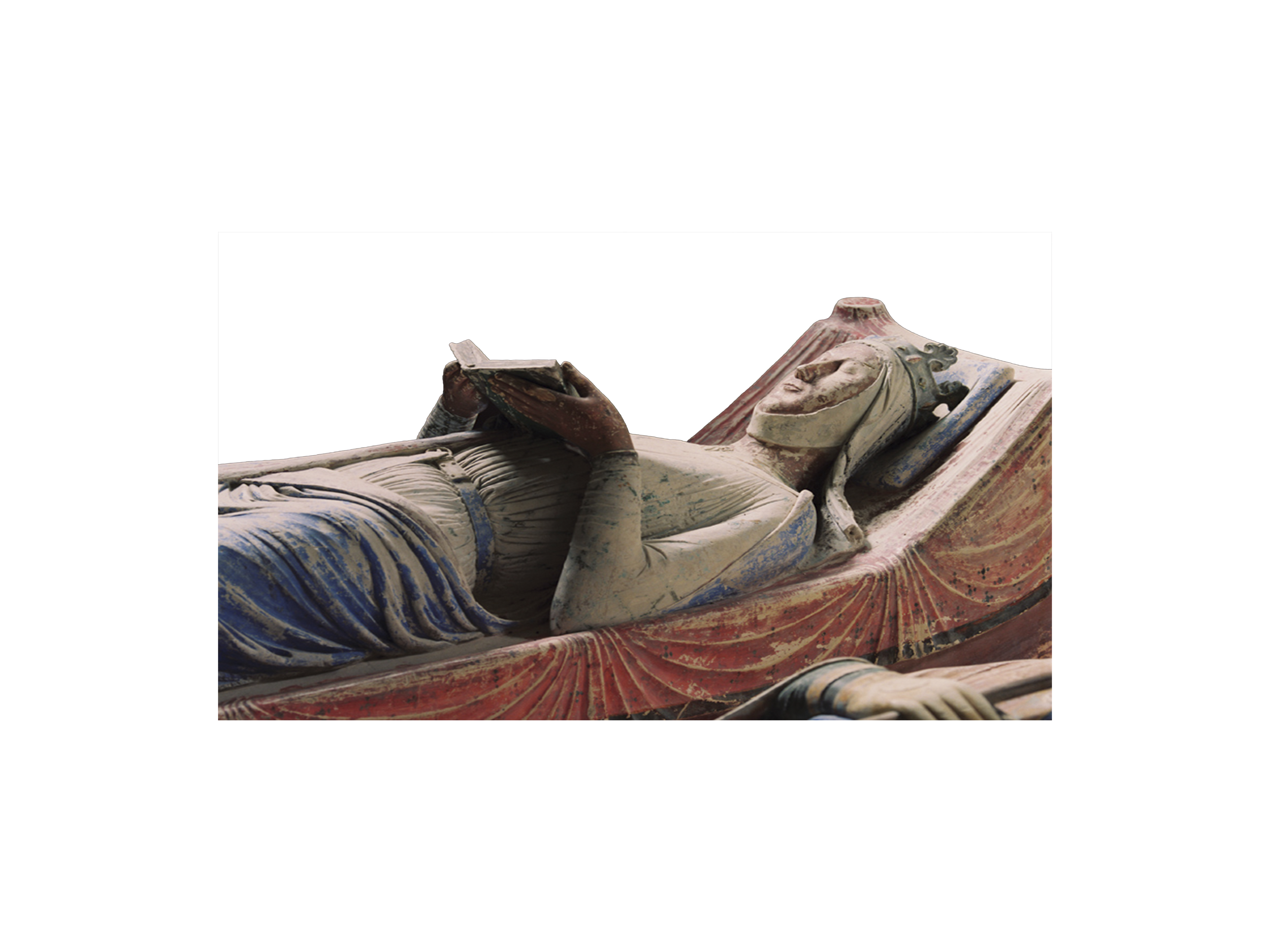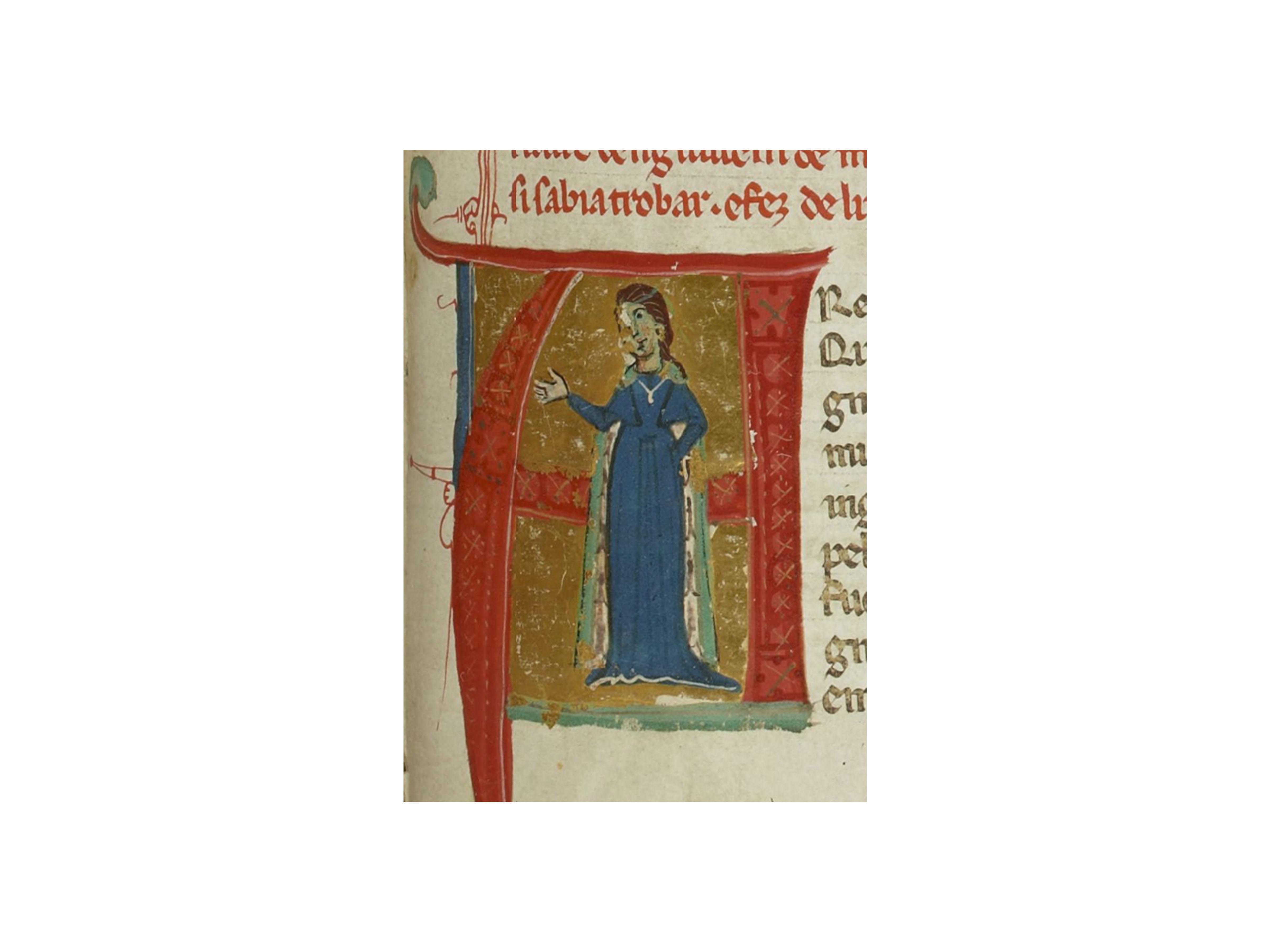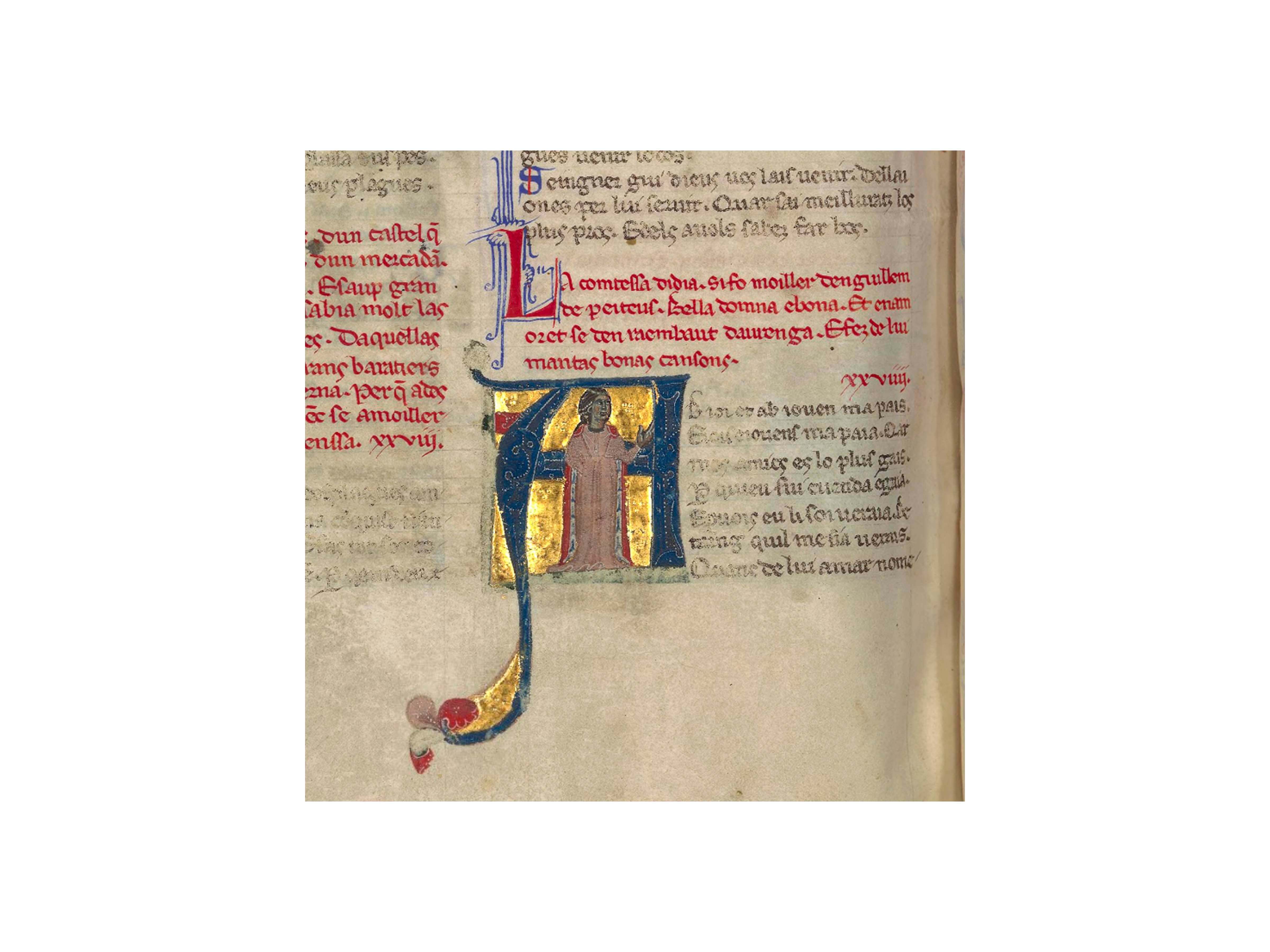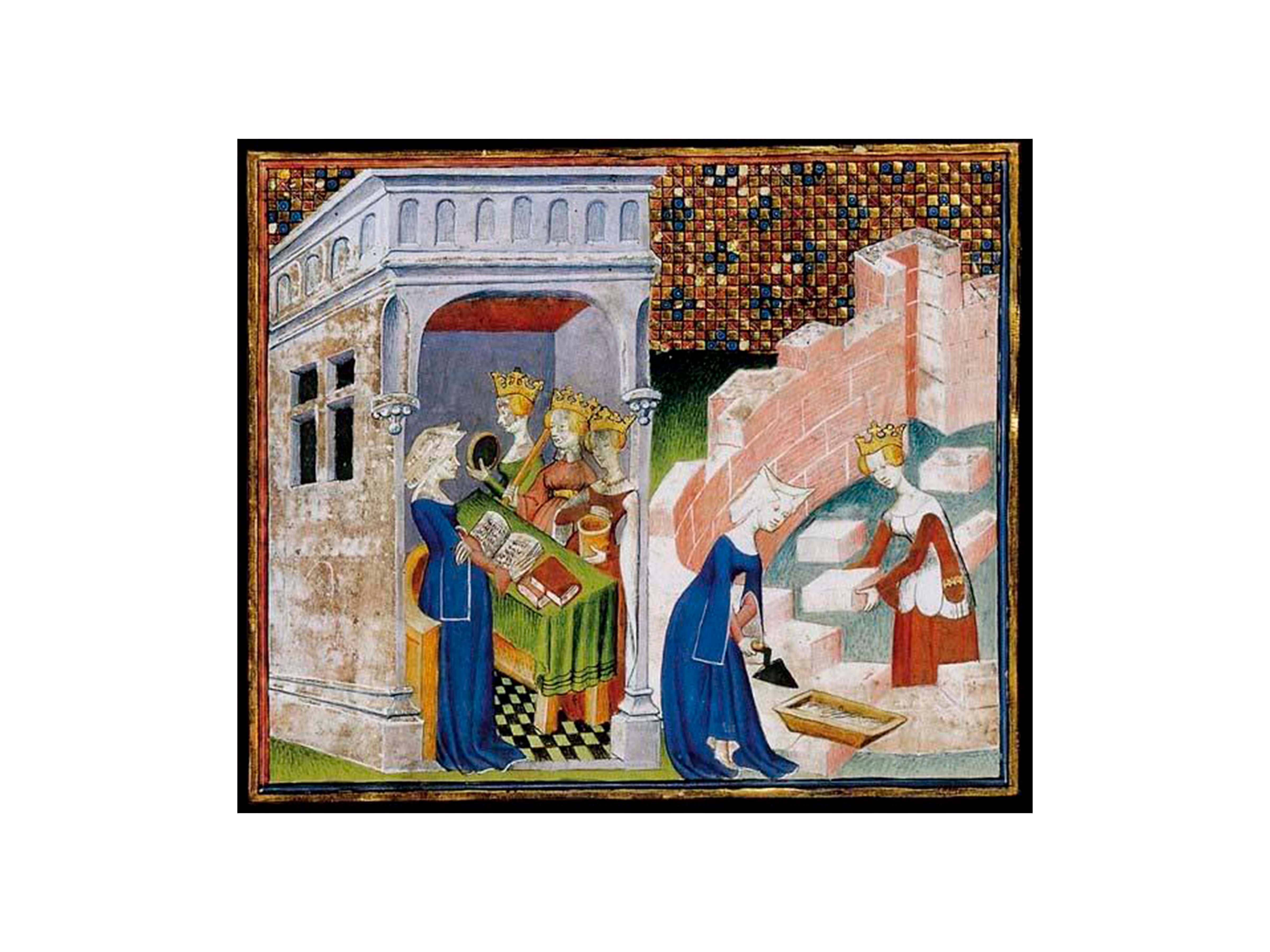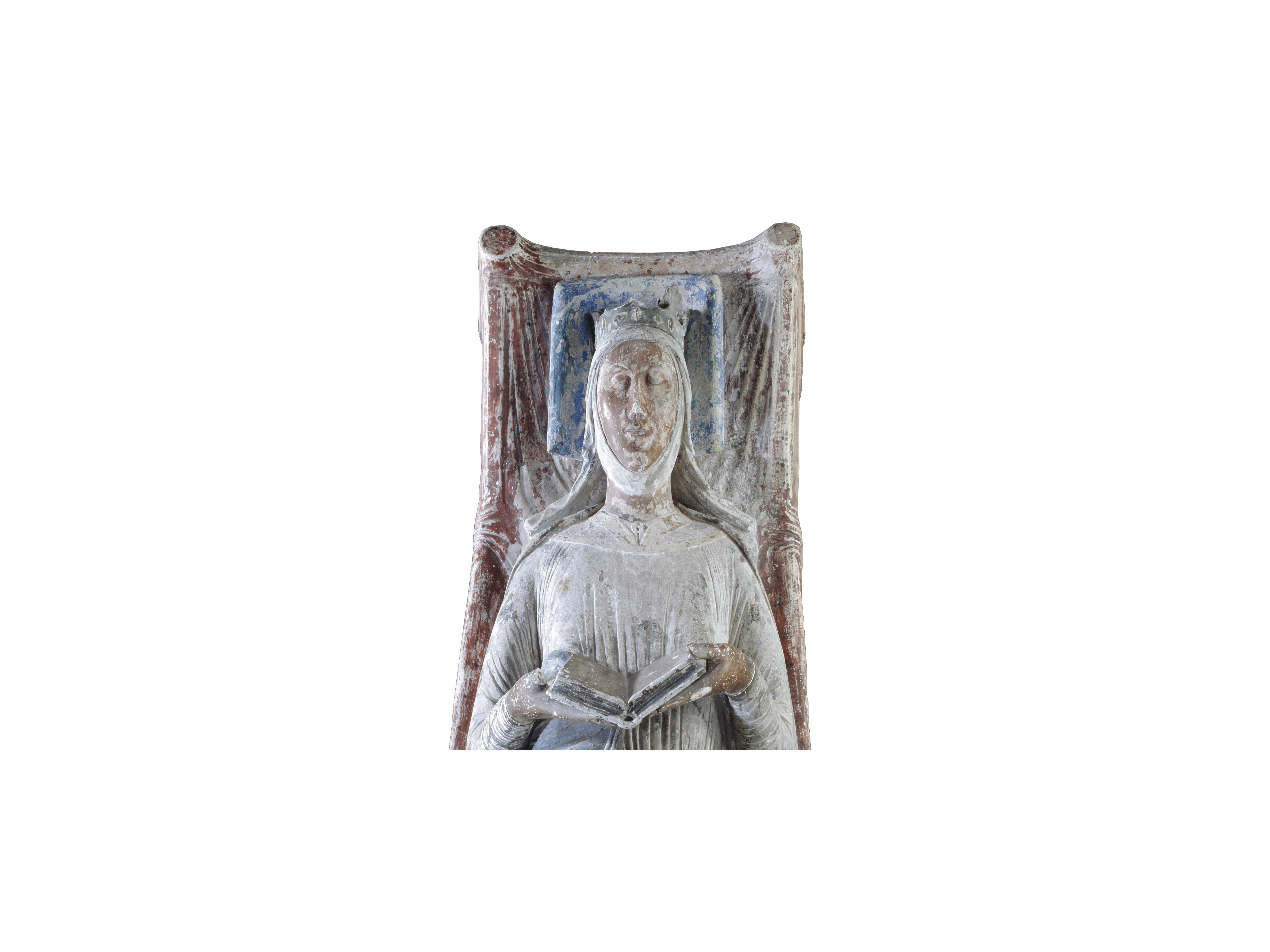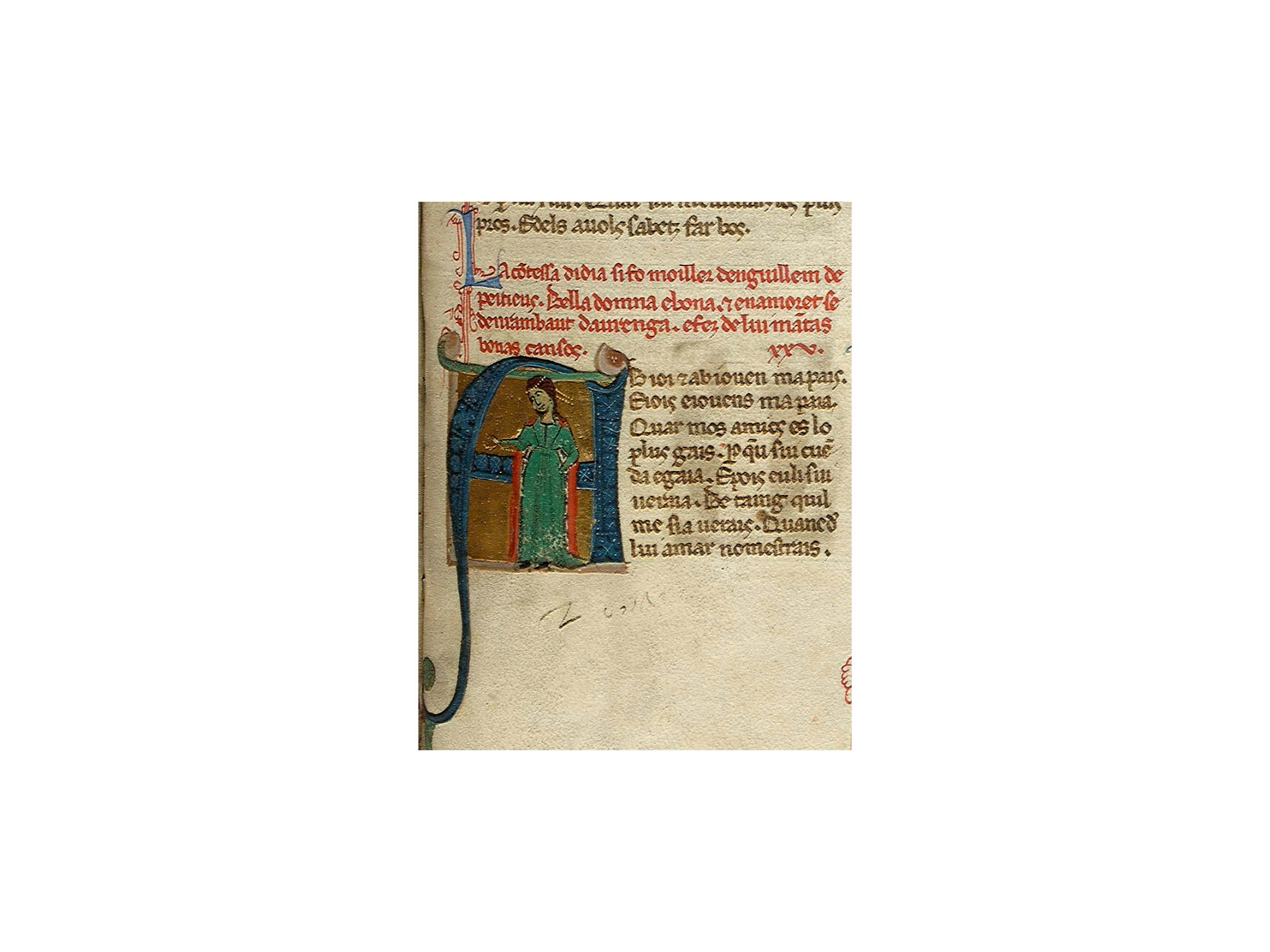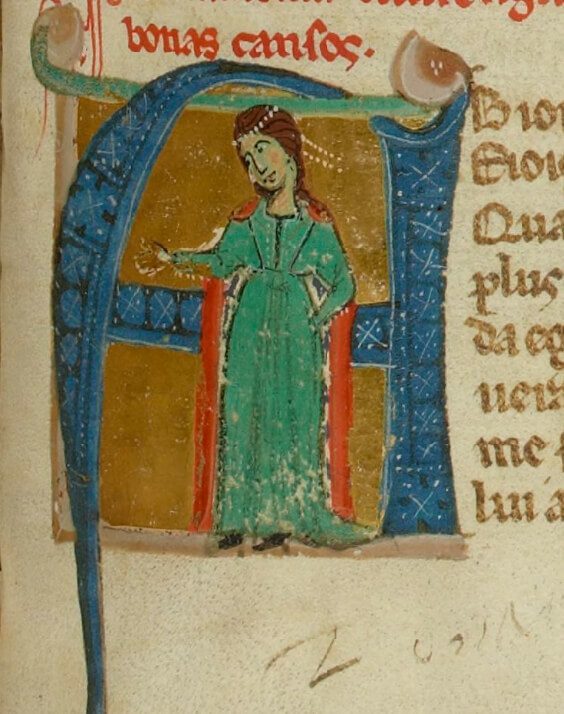The aim of this project is to study the voice of medieval women transmitted in the documents either historical or literary from the 12th to the 14th centuries, dealing with aspects of their social configuration, visualization, prominence and representation in texts. This analysis, with a cross-cutting nature and from a gender perspective, claims to look into the importance of the female ‘I’ in the most relevant literary genres. The research will be completed with the examination of the historical context in which they live.
Although the period of the Middle Ages is seen as an era predominantly male, women become relevant from the twelfth century onwards. Such women are on the one hand, queens that wielded a significant and crucial power for the start of literature in vernacular languages (for instance, Eleanor of Aquitaine). On the other hand, there were also nobles that protect and motivate from their position the cultural and literary activities in their court. Additionally, there were nuns considered the mainstays on which a part of the political history of the kingdoms which were taking shape at that moment was built. These female figures are complemented in literature with women who create lyrical poetry (Occitan trobairitz) and narratives (Mary of France), who accompany troubadours in their poetical activity (female minstrels and ‘soldaderas’ ). They are a pretended subject of some lyrical compositions or addressees of others. At the same time they receive fierce criticism in satirical compositions of various types, above all, those belonging to the last period of Middle Ages,
Thus, it involves analyzing their importance taking care of the historical context and their representation in literary texts, as an author or as the main character of loving and satirical pieces.The project is part of gender studies of the historical and literary, understanding “género como una construcción social y cultural que se articula a partir de definiciones normativas, tanto de lo masculino como de lo femenino; construcciones a partir de las cuales se crean identidades subjetivas y relaciones de poder, tanto entre hombre y mujeres como en la sociedad en su conjunto” (R. Pastor, “Sombras y luces en la historia de las mujeres medievales”, in E. B. Ruano, coord., Tópicos y realidades de la Edad Media, Madrid, 2000, p. 180, vid. also M. A. Brozyna (ed.), Gender and sexuality in the Middle Ages: a medieval source documents reader, Jefferson, N.C., 2005, and M. Schaus (ed.), Women and gender in medieval Europe. An encyclopedia, New York, 2006).

